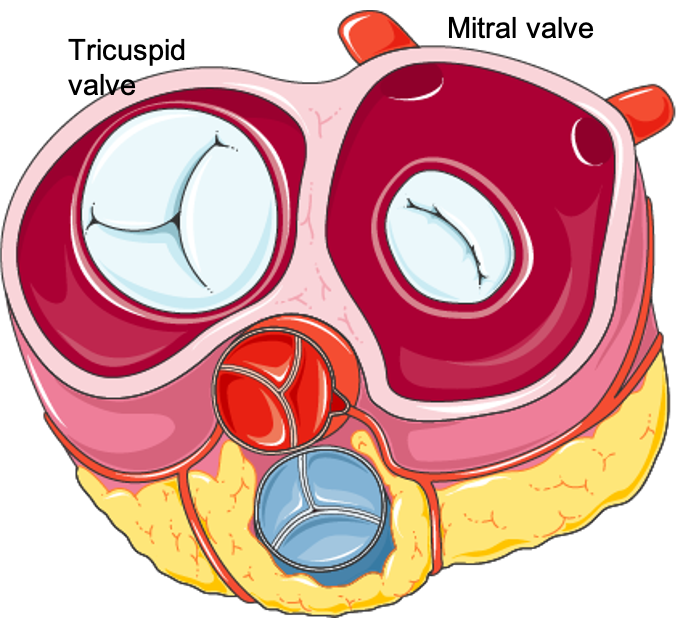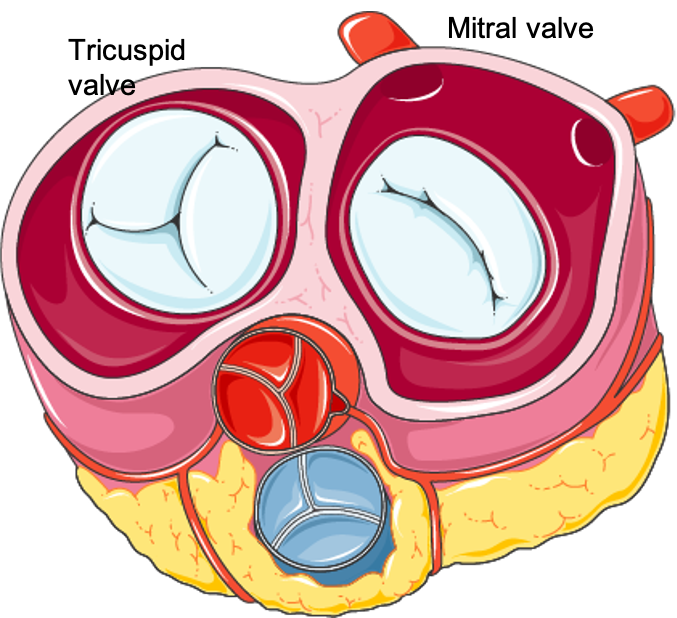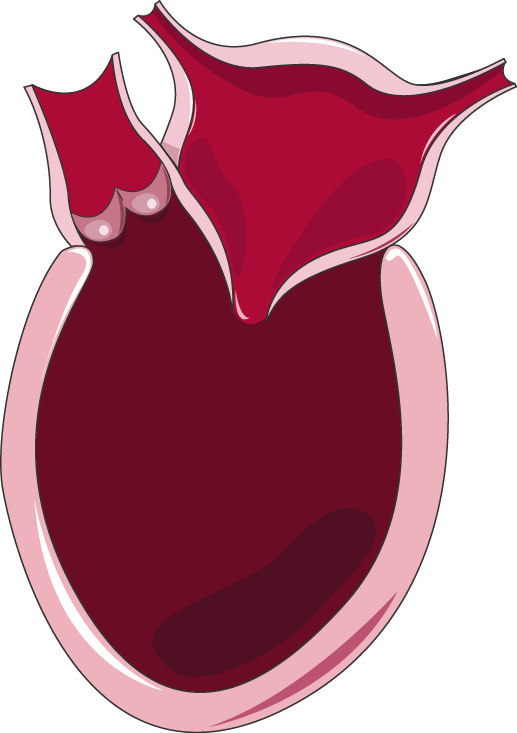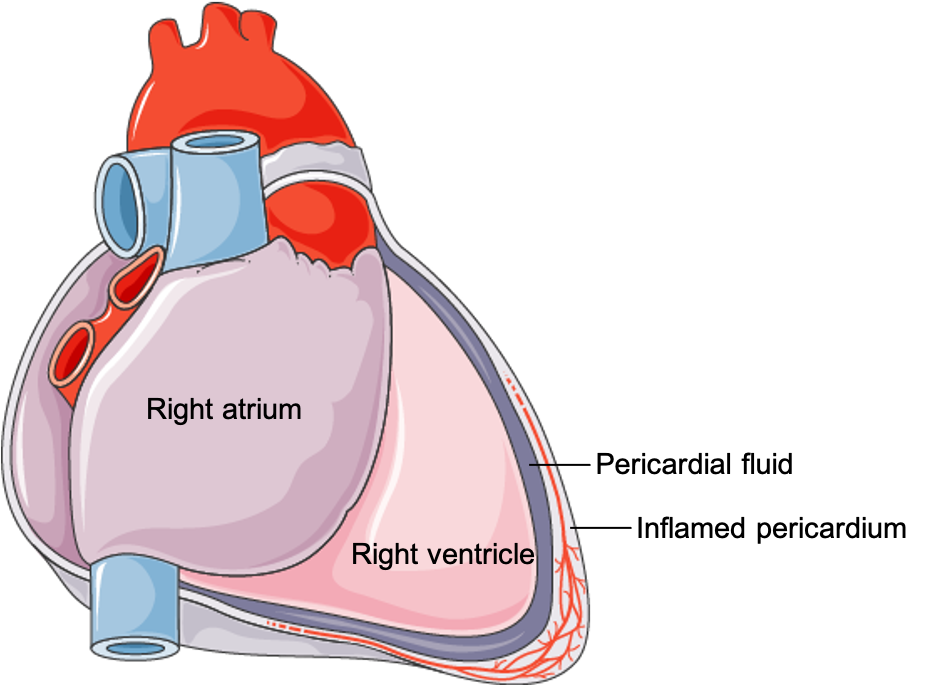Back to Course
Cardiovascular Physiology and Pathophysiology
0% Complete
0/0 Steps
-
Physiology
Structure and Function4 Topics -
Lymphatics and Edema Formation
-
The Microcirculation
-
Vascular Control3 Topics
-
The Cardiac Cycle
-
Determinants of Myocardial Performance7 Topics
-
Neuro-Control of Heart and Vasculature4 Topics
-
Electro-Mechanical Association4 Topics
-
Electrical Side of the Heart4 Topics
-
PathophysiologyDefining Heart Failure
-
Causes of Heart Failure
-
MVO2 and Heart Failure
-
Cardiac Output and Heart Failure7 Topics
-
Compensation for Circulatory Failure
-
Vascular Tone in Heart Failure
Lesson 1,
Topic 4
In Progress
Clinical Context: Types of Cardiovascular Disease
Lesson Progress
0% Complete
With an awareness of cardiovascular anatomy and function, it becomes easier to understand potential sources of cardiovascular disease and malfunction. Abnormalities or dysfunction at various levels may contribute alone or in combination in individual cases:
- Obstruction at any valve
- Insufficiency of any valve
- Failure of the atria to receive blood
- Failure of the atria to push blood (contract)
- Failure of the ventricles to receive blood
- Failure of the ventricles to expel blood
- Failure of the arterial tree to maintain pressure
- Failure of the arterial tree to lower pressure
- Failure of the pericardium to expand with ventricular filling
More to come on these later! Below are some illustrative examples.
Valvular insufficiency/regurgitation

Valvular obstruction/stenosis

Mitral stenosis 
Normal mitral valve
Failure of the left ventricle to expel blood

Failure of the pericardium to expand normally during filling

